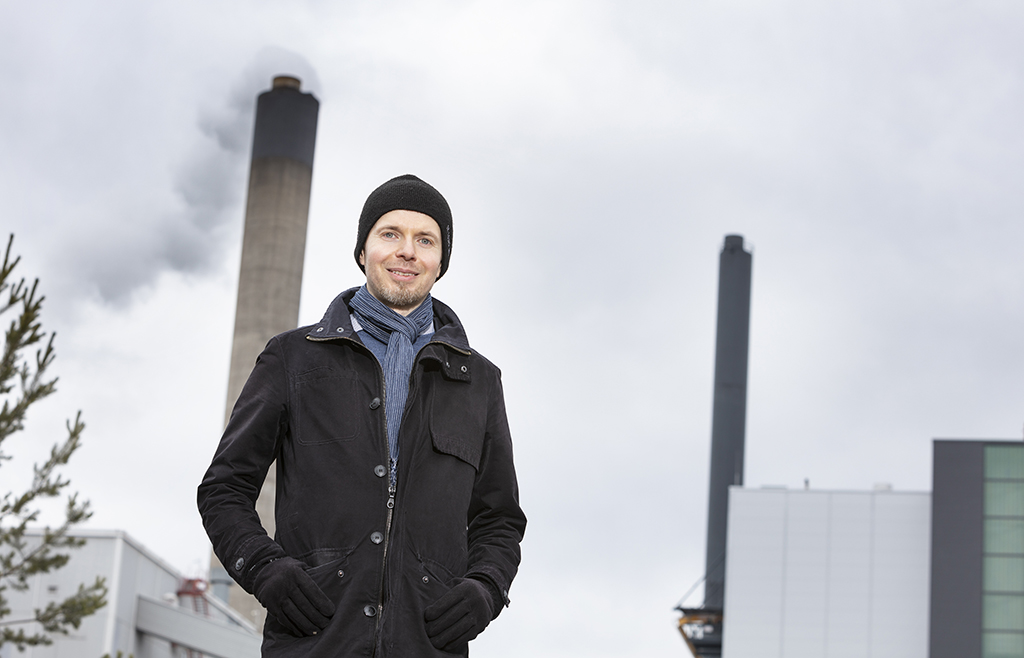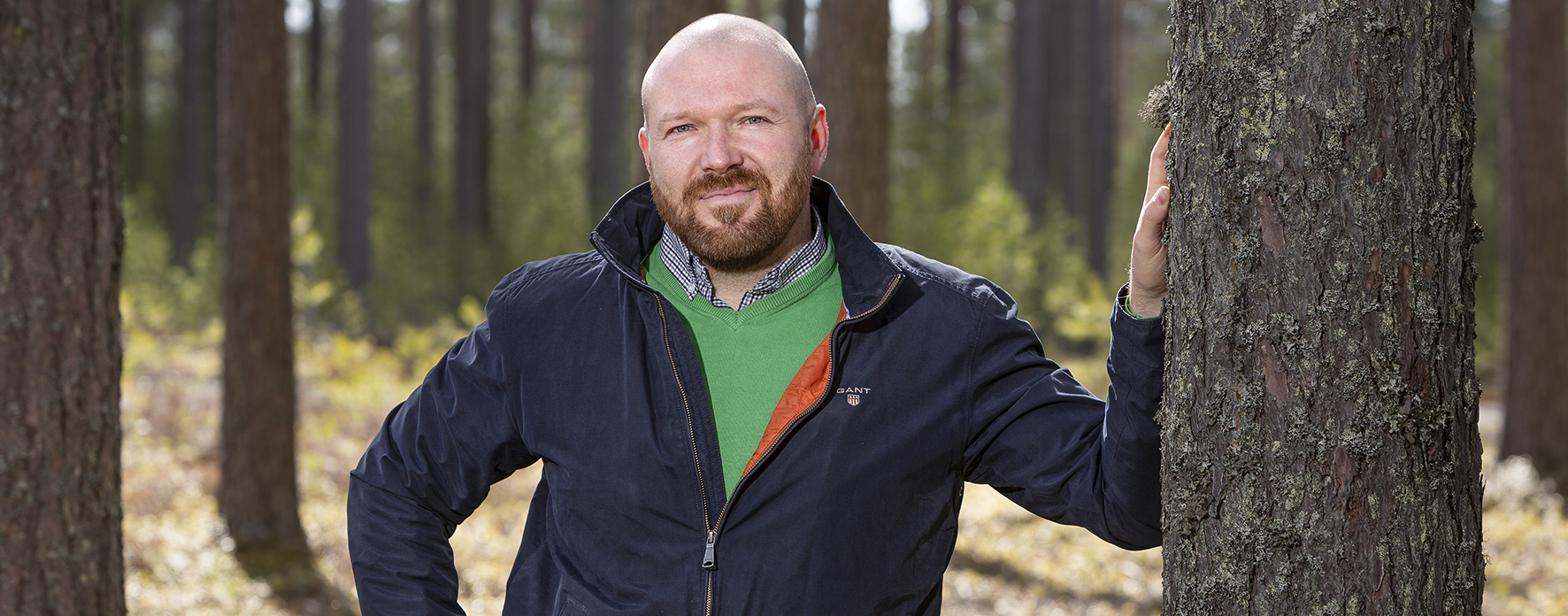A particular issue
What is the significance of particulate air pollution in terms of global warming, and is it worth replacing fossil fuels with wood? In the spring of 2020, the North Karelia and North Savo funds together awarded a EUR 100,000 Spearhead Project grant to research on the life-cycle aerosol emissions of forest products.


What role do forests play in climate change? This is one of the burning questions in current climate research and policy.
Growing forests absorb carbon dioxide from the air and act as carbon reservoirs. Therefore to combat climate change, we must either increase the growth rate of forests or protect their existing carbon stores by delaying logging.
Researchers disagree, however, on whether the emphasis should be on carbon sinks or carbon reservoirs. This is a highly politicized question in Finland, because forestry is one of the country’s traditional economic cornerstones.
The situation is made more complex by the fact that a large proportion of felled trees ends up used for energy. Logging and milling generates large quatities of wood chips, sawdust and shavings that are incinerated for energy production in large power plants, smaller regional heating plants or household boilers. Meanwhile many households in Finland also burn firewood in fireplaces and saunas.
– If there was less logging, the same energy would have to be generated in another way, possibly using fossil fuels, explains forestry researcher Antti Kilpeläinen from the University of Eastern Finland in Joensuu.
The complexity does not end there, either. Forests and their use also affect the climate through particulate matter known as aerosols.
– This effect is ignored in existing life cycle models because there is no comprehensive data on the particulate emissions impact of wood burning, Kilpeläinen says.
Particulate pollution is well known to climate scientists but fairly unfamiliar to the general public.
Burning wood generates carbon dioxide. It is the main greenhouse gas and it indisputably produces climate warming.
The aerosols that are created in the burning process, on the other hand, can either cool or warm the climate.
Biomass combustion gases often include so-called black carbon. When biomass burns, it releases a large amount of small carbon particles in the form of soot. Often some of that soot remains uncombusted in the incinerator or fireplace. When released from a chimney, these black particles bind the sun’s radiation and heat up the climate.
– Black carbon is particularly harmful in Arctic areas. When the particles fall onto snow, they absorb the sun’s heat and speed up melting. If melting uncovers the ground, it further accelerates warming because the dark earth absorbs heat that snow would reflect back into space, explains Olli Sippula, associate professor in emission chemistry from the University of Eastern Finland’s Kuopio campus.
Sippula is an expert in particulate emissions from wood combustion, while Kilpeläinen specialises in life cycle analysis of wood products. They intend to create a database of the particulate emissions of wood and fossil fuels.
In conjunction with this, they intend to estimate the life-cycle particulate emissions of oil-based products, such as plastics, relative to comparable wood products. They will obtain the data for the database by making their own measurements and studying research literature.
It will help in considering whether it makes sense to try to replace coal, oil and gas with wood and if so, in which products and how, exactly.
For example, the size of the boiler used for wood or oil combustion is very significant.
– In industrial boilers, combustion is efficient and effective particle filtration is required by law. However, in Finland, 60% of black carbon emissions come from household fireplaces and boilers, Sippula explains.
Overall, wood biomass combustion generates more black carbon than oil combustion. Were households to replace oil burners with wood burners, it would increase black carbon emissions and contribute to climate warming. In contrast, climate-cooling sulphur emissions are much higher from fossil fuels than wood. Therefore, with regard to aerosols, it would seem that favouring wood contributes to global warming.
The impact of aerosols is, however, only one factor among many.
– Firewood is naturally created as a by-product of forestry and the forest industry. Observing the life cycle of forestry as a whole, it might still make sense climate-wise to burn our readily available wood fuels, Kilpeläinen says.



